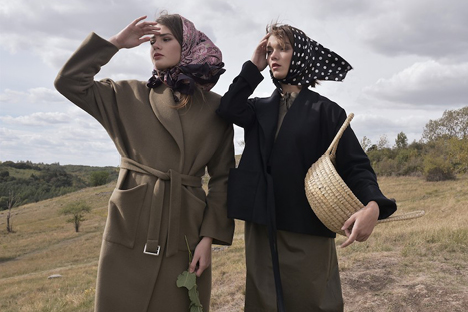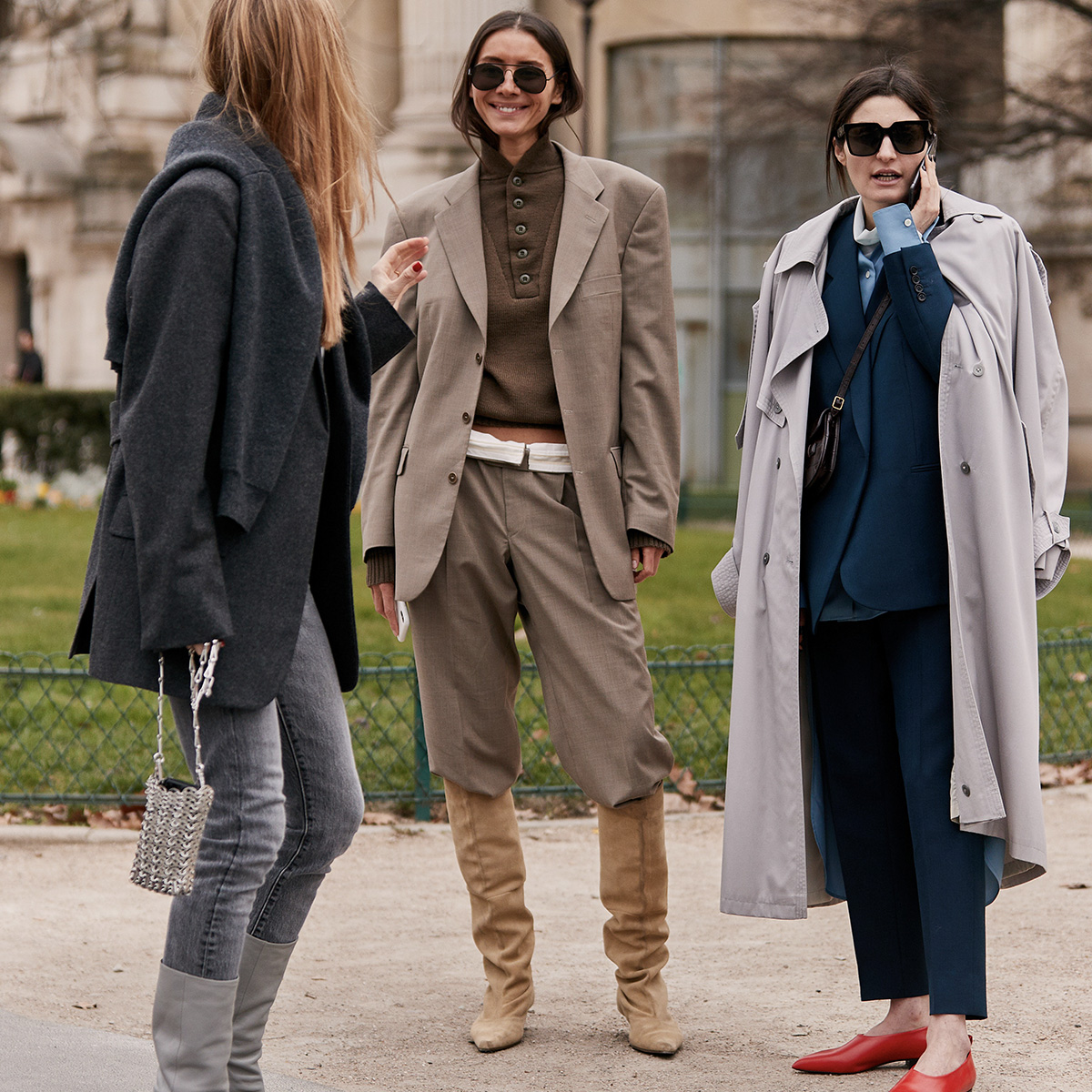Creating inclusive outerwear that caters to a diverse range of body types, preferences, and needs is crucial for fostering a sense of belonging and comfort for everyone. Here are some key considerations for achieving inclusivity in the design and sizing of outerwear:

- Diverse Sizing Range:
- Offer a wide range of sizes to accommodate various body shapes and sizes. Consider both standard sizes and plus sizes to ensure that everyone can find a suitable fit.
- Fit for Different Body Shapes:
- Design outerwear that takes into account different body shapes, such as hourglass, pear, apple, rectangle, etc. This may involve incorporating adjustable features like drawstrings, belts, or elastic bands for customizable fits.

- Adaptive Clothing:
- Integrate adaptive features to cater to individuals with disabilities. This could include magnetic closures, easy-to-use zippers, or Velcro for those who may have difficulty with traditional closures.
- Gender-Neutral Designs:
- Create gender-neutral designs that appeal to a wide audience. Avoid overly gendered or stereotypical styles and colors, and focus on versatile designs that can be embraced by people of any gender identity.
- Cultural Sensitivity:
- Be mindful of cultural diversity in design. Consider incorporating elements that respect and celebrate various cultural backgrounds, while avoiding appropriation or insensitive representations.
- Fabric Choices:
- Choose fabrics that are comfortable, breathable, and suitable for various weather conditions. Consider the needs of individuals with sensory sensitivities and allergies, and opt for hypoallergenic materials when possible.
- Inclusive Marketing and Representation:
- Showcase a diverse range of models in marketing materials and advertisements. Ensure that people of different ethnicities, sizes, ages, abilities, and gender identities are represented, fostering a sense of relatability for a broader audience.

- Customer Feedback and Involvement:
- Actively seek feedback from a diverse group of individuals during the design process. Incorporate their insights and experiences to create outerwear that meets a variety of needs.
- Size-Inclusive Language:
- Use size-inclusive language in marketing and sizing charts. Avoid terms that may stigmatize or marginalize individuals based on their body size.
- Customization Options:

- Provide customization options whenever possible. This can include adjustable hoods, sleeves, and lengths to accommodate individual preferences and needs.
- Affordability and Accessibility:
- Ensure that your outerwear is reasonably priced and accessible to a broad range of consumers. This can help break down economic barriers to inclusivity.
By incorporating these considerations into the design and sizing of outerwear, fashion brands can contribute to a more inclusive and welcoming industry that embraces the diversity of its consumers.


